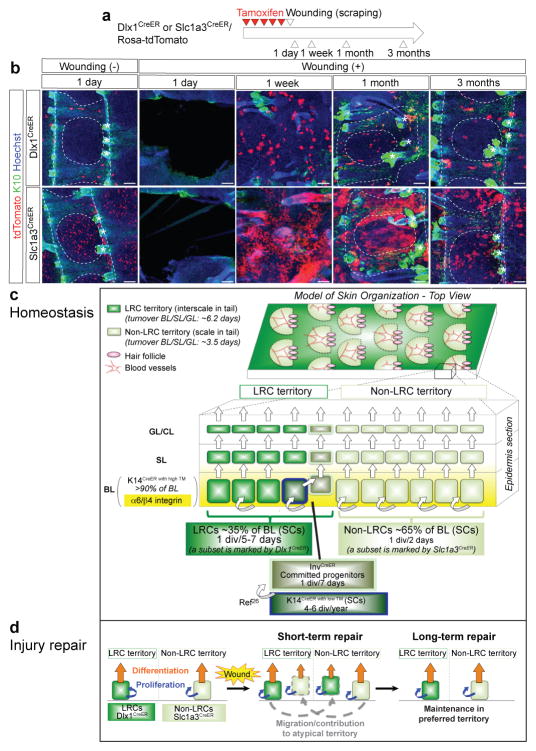Figure 8. Model of epidermal lineage organization and SC dynamics.
a, Experimental scheme of wounding experiments. b, Whole-mount immunostaining of the tail epidermis at different time points post-wounding. Dashed lines delineate boundaries of the tail epidermis structures. Asterisks indicate HFs. Scale bars, 100 μm. Experiments are repeated twice with 2 different mice for all representative images. c, Two distinct territory types (LRCs and non-LRCs) with different turnover rates pattern the skin by forming structured arrays that are spatially coordinated with tissue structures such as blood vessels (back) and hair follicles (back and tail). In tail, the LRC territories correspond to interscales and the non-LRC territories correspond to scales. Turnover rates for the nucleated epidermis (BL/SL/GL) computed from H2B-GFP dilution data in tail skin are shown on the left. d, Independent SC populations fuel homeostasis in the LRC and non-LRC territories. The H2B-GFP LRC and non-LRC populations are preferentially located within their respective territories; their SCs can be distinguished by marking with Dlx1CreER and Slc1a3CreER, which identify LRC and non-LRC subsets, respectively. The two SC populations are largely independent and are not hierarchically related. The data do not exclude the possibility that each SC population may generate its own short-lived progenitor cells prior to differentiation. Populations previously defined by Mascre et al26 as K14CreER with low TM and InvCreER are represented as subsets within our LRC territories and are distinct from our Dlx1CreER population as indicated by comparison of microarray data from this study with that of Mascre et al26. The InvCreER population is designated as a special population since it shows lower levels of α6/β4 integrin (yellow gradient) relative to the rest of the BL26. High TM doses activate the K14CreER in >90% of the BL. b, Behavior of two SC populations and their descendants, represented by Dlx1CreER- (LRCs) and Slc1a3CreER- (non-LRCs) marked cells, during injury repair. Both SC populations can temporarily exchange function in response to injury by migrating and repopulating their neighboring atypical territories in short-term. However, they are largely lost from their atypical territory and remain present only in their typical territory where they thrive better post-injury and during homeostasis in long-term.

